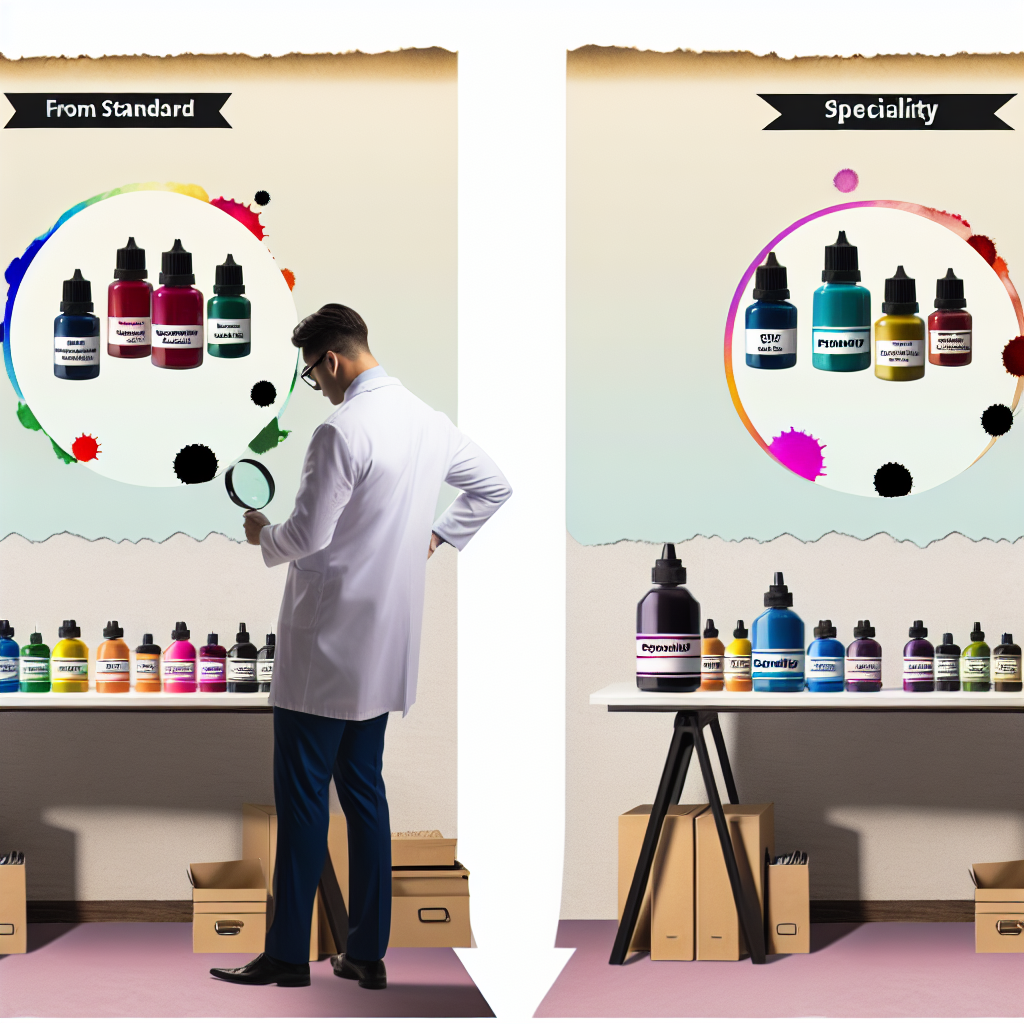When it comes to printing, the type of ink used can significantly affect the quality, durability, and overall appearance of the printed material. Understanding the different types of printer inks available can help you make informed decisions for your printing needs.
1. Standard Ink
Standard inks are the most commonly used inks in everyday printers. They fall into two main categories:
- Dye-based Inks: These inks dissolve in water and provide vibrant colors. They are commonly used in inkjet printers but can be less resistant to fading and water damage.
- Pigment-based Inks: Unlike dye-based inks, pigment inks are made of tiny solid particles suspended in liquid. They offer better longevity and resistance to fading, making them ideal for professional prints.
2. Specialty Ink
Specialty inks are designed for specific applications and can provide unique benefits:
- Photo Inks: These are often pigment-based and formulated to produce high-quality photographic prints. They usually contain additional colors for a wider color gamut.
- Neon and Fluorescent Inks: Bright and eye-catching, these inks are used for marketing materials and can be effective for creating attention-grabbing designs.
- Metallic Inks: Used for a shimmering effect, metallic inks can enhance the look of packaging and promotional materials.
- Eco-friendly Inks: Made from natural or renewable resources, these inks are less harmful to the environment and are often used in sustainable printing practices.
3. Industrial Ink
Industrial inks are intended for high-volume printing and specialized applications:
- UV Inks: These inks cure quickly when exposed to ultraviolet light, making them suitable for printing on non-porous surfaces like plastic.
- Solvent-based Inks: Known for their durability and weather resistance, solvent inks are commonly used for outdoor signage and large formats.
Conclusion
Choosing the right type of printer ink depends on your specific needs, whether for everyday printing or specialized applications. By understanding the differences between standard, specialty, and industrial inks, you can make more informed decisions that enhance the quality and impact of your printed materials.





